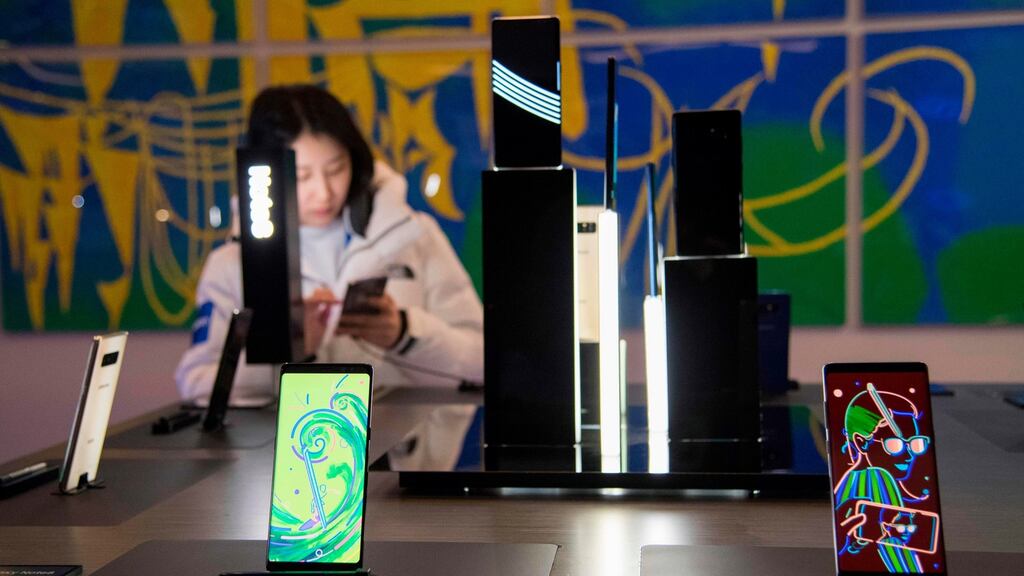Sales of smartphones declined for the first time ever in the fourth quarter, according to new figures from research firm Gartner.
It reported global sales of nearly 408 million smartphones in the final three months of 2017, down 5.6 per cent versus the same quarter a year earlier.
Gartner attributed the drop in sales to a number of factors including a lack of quality “ultra-low-cost” handsets and a decision by users with more expensive models to hold on to them for longer.
“While demand for high quality, 4G connectivity and better camera features remained strong, high expectations and few incremental benefits during replacement weakened smartphone sales,” added Anshul Gupta, research director at Gartner.
Samsung remained the largest smartphone manufacturer, despite reporting a 3.6 per cent decline in sales in the fourth quarter. The company shifted 74 million units during the three months under review. During 2017, the company sold 321.3 million handsets as against 306.4 million a year earlier to give it a 20.9 per cent market share.
Second place
Apple was in second place with a 14 per cent market share as iPhone sales declined 5 per cent from 77 million to 73 million in the fourth quarter. The company sold 213 million handsets last year compared to 216 million in the prior year.
Chinese smartphone manufacturers Huawei and Xiaomi were the only vendors to achieve year-on-year unit growth in the fourth quarter, rising by 7.6 and 79 percent respectively.
Huawei, the world’s third largest smartphone maker, continued to gain on Apple last year as its market share rose from 8.9 per cent to 9.8 per cent. Overall, it sold 150.5 million handsets during 2017, versus 133 million a year earlier.
Meanwhile, Google extended its lead over iOS in 2017 and now accounts for 86 per cent of the market compared to just 14 per cent for Apple's operating system.
















